Minimizing the Impact of Tariffs: How Shippers and Brokers Can Optimize Freight Costs
With tariffs driving up the cost of goods and creating economic uncertainty, businesses must find ways to offset rising expenses. While many focus on sourcing strategies or pricing adjustments, freight costs present a significant opportunity for savings. Optimizing transportation spend can help minimize the impact of tariffs and keep total costs under control.
To achieve this, organizations need the right systems and processes in place. Having real-time rate visibility, accurate cost estimation, and mode optimization ensures businesses make the most cost-effective transportation decisions. A rate engine that can return accurate freight costs instantly and optimize mode selection is a critical tool—especially when paired with a transportation management system (TMS).
Why Freight Costs Matter in a Tariff-Driven Market
When tariffs increase, the total landed cost of goods rises, putting pressure on margins. Instead of simply absorbing these costs or passing them to customers, companies should focus on logistics efficiency to uncover savings.
More than ever, freight costs fluctuate daily due to market conditions, fuel prices, and carrier demand. Without real-time access to accurate pricing, businesses may overspend on transportation—further compounding the impact of tariffs. Optimizing freight spend is one of the most effective ways to counteract rising costs.
Key Strategies to Optimize Freight Costs
1. Leveraging a Rate Engine for Accurate, Real-Time Pricing
A rate engine provides instant access to dynamic freight pricing, ensuring organizations can:
- Compare costs across multiple carriers and modes (truckload, LTL, intermodal, ocean, air).
- Secure the best available rate at any given time.
- Avoid outdated rate sheets that may lead to overpaying.
2. Optimizing Mode Selection for Maximum Savings
Selecting the most cost-effective transportation mode can make a significant difference in overall freight spend. Businesses should:
- Shift from truckload (TL) to intermodal or LTL if full-truck rates surge.
- Compare air vs. ocean freight to balance speed and cost efficiency.
- Reroute shipments based on tariff impacts, fuel surcharges, and real-time market data.
- A rate engine that is multi-modal and mode agnostic can advise shippers and brokers on the most cost-effective mode to ship their freight.
3. Automating Freight Procurement and Rate Adjustments
In a market where costs change rapidly, manual rate management is inefficient. A rate engine can:
- Update spot quotes and contract rates automatically based on real-time fluctuations.
- Help businesses negotiate better contract rates using historical and live market data.
- Prevent overpaying by ensuring freight quotes are always accurate.
4. Using Data-Driven Insights to Plan for Tariff Fluctuations
Companies that analyze their freight spend and shipping trends can proactively adjust strategies to minimize cost increases. A data-driven approach allows for:
- Scenario modeling to see how tariffs impact total shipping costs.
- Identifying alternative carriers, routes, and modes to mitigate cost spikes.
- Strengthening supplier and carrier relationships for better long-term pricing.
Ensuring the Right Tools Are in Place
To effectively manage freight costs, organizations need a rate engine that provides real-time pricing and mode optimization alongside a TMS that streamlines execution. These tools work together to create a cost-saving strategy that helps businesses offset the rising cost of goods due to tariffs.
Platforms like G2Mint offer a rate engine and TMS that empower businesses to:
- Instantly access and compare freight rates for cost-effective decisions.
- Optimize mode selection to reduce transportation expenses.
- Automate pricing and freight procurement to eliminate inefficiencies.
Staying Competitive in an Uncertain Market
With tariffs adding pressure to supply chain costs, businesses must take a proactive approach to freight spend optimization. Investing in technology-driven solutions like a rate engine and TMS ensures companies are making smarter, cost-saving transportation decisions—helping them stay competitive while keeping costs manageable.
By ensuring the right processes and tools are in place, companies can better navigate tariff challenges, reduce logistics expenses, and protect their bottom line.
